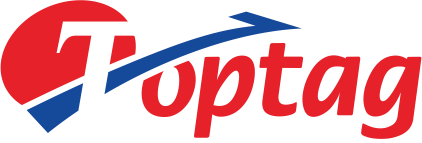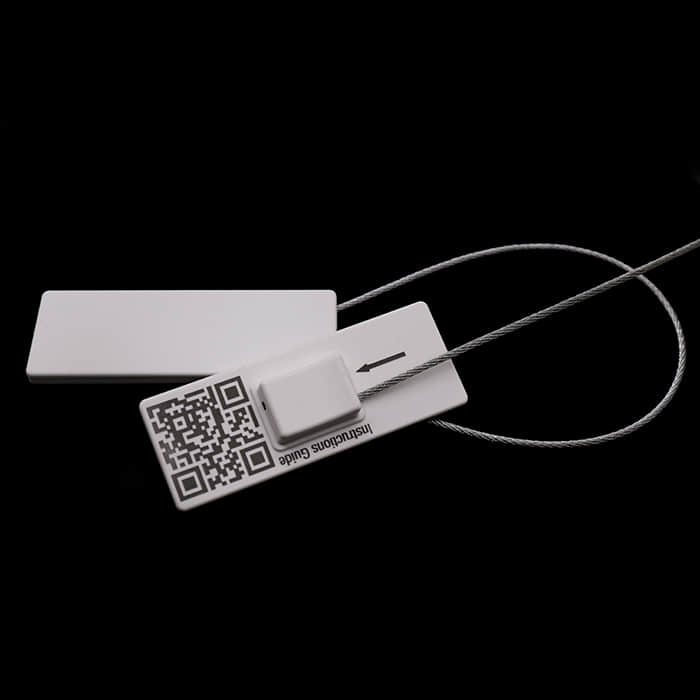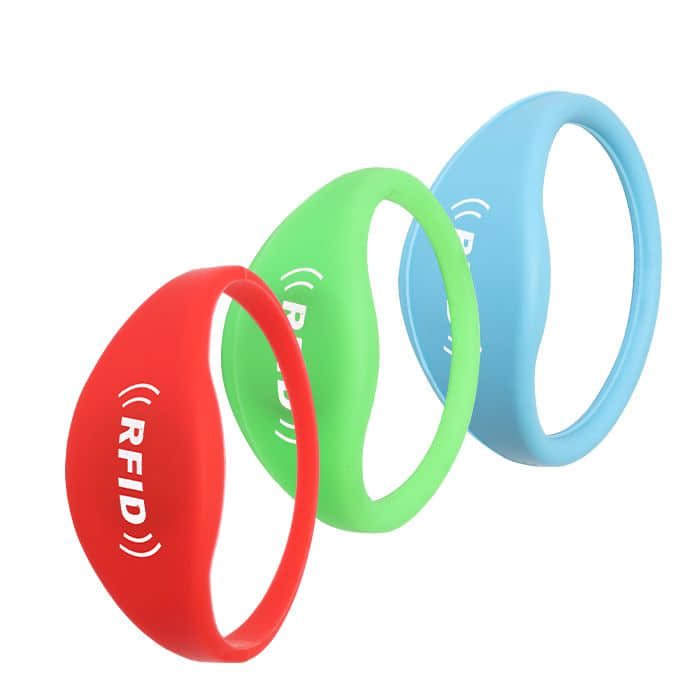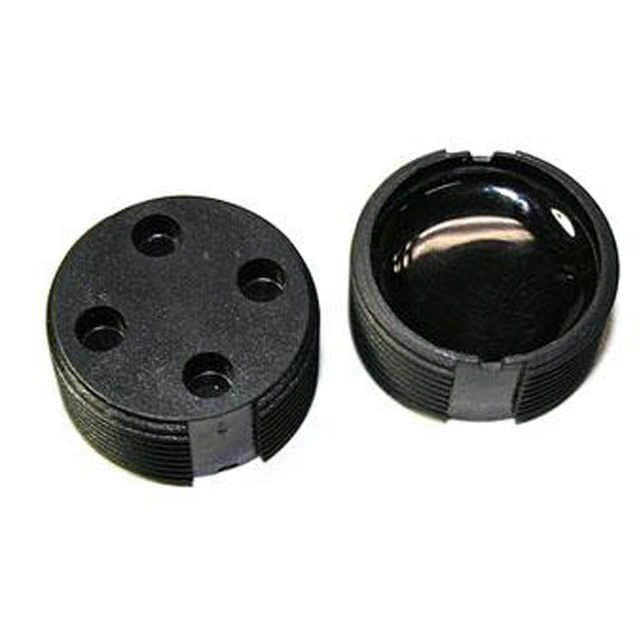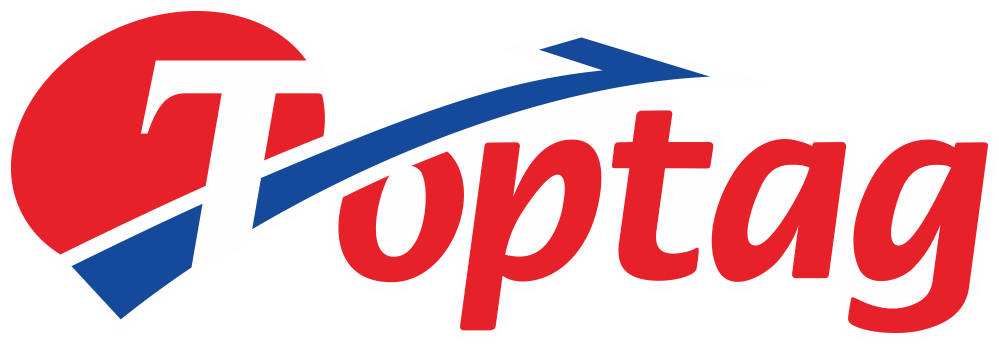Demands for Food and Drug Safety Traceability
Currently, with the global availability of vaccines, the pandemic is gradually becoming clearer. However, the impact of the pandemic on the world is far from over; many changes are evident, some happening subtly. COVID-19 is destined to become a shared memory of a generation.
As a historically significant event affecting the world, the pandemic is bound to shape people’s awareness. One of the most easily understandable changes is the increased awareness of food and medical safety. In recent years, there has been a continuous rise in the consumption of labels on food packaging, and RFID technology is being utilized for smarter and more efficient management in the pharmaceutical industry.
In 2020, during the pandemic prevention and control period, discussions in society were sparked by safety issues related to cold chain foods. Subsequently, various provinces and cities in China strengthened the construction of cold chain food traceability and operated online traceability management platforms. Traceability management systems based on RFID technology can track and control the entire lifecycle of food, making significant contributions to pandemic prevention and control.
Perfect food traceability involves multiple stages such as production, distribution, testing, and sales and can generally be divided into forward traceability and backward traceability. Forward traceability is a complete process that tracks the product from production to the end of the supply chain. Backward traceability, on the other hand, traces the product from the end of the supply chain back to its raw materials.
In practice, RFID-based traceability solutions have distinct advantages. Therefore, the pandemic will accelerate the application of RFID technology in fields such as food and medicine.
The Road to Environmental Protection: Sustainability Paves the Way for the Future
According to data released by the United Nations Intergovernmental Panel on Climate Change, if high-temperature greenhouse gas emissions remain unchanged, global sea levels will rise by 1.1 meters by the year 2100 and 5.4 meters by the year 2300. With climate change, frequent extreme weather conditions, and environmental pollution, the international community is increasingly focusing on environmental protection, continuously introducing policies to reduce the negative impact of economic development on the environment.
For the RFID industry chain, efforts can be made in various aspects such as raw materials, production processes, and energy utilization efficiency. For example, using renewable materials in production and implementing product recycling initiatives.
Increasing Demand for Smart Packaging Amidst the Rise of Cross-Border E-Commerce
Entering the 21st century, the globalization trend of industrial division of labor has become increasingly prominent, and the development of globalized markets is becoming more evident. With the rise of technologies such as 5G and cloud computing, against the backdrop of globalization, global trade and e-commerce are experiencing new growth. In this process, the demand from consumers for smart and internet-connected packaging continues to rise.
Currently, China has established a stable and robust e-commerce supply chain. During the COVID-19 pandemic in 2020, data from Alibaba’s cross-border retail e-commerce platform, Express, showed a 132% month-on-month increase in the number of new stores in March when the pandemic began to spread overseas. The pandemic accelerated the shift from offline to online retail, speeding up the formation of consumer spending habits.
There is a wide variety of smart packaging products available at present, with RFID-enabled intelligent packaging being the largest category in this niche market. It is mainly used for product quality monitoring, anti-counterfeiting authentication, and cargo traceability.
The rapid development of China’s smart packaging industry has brought new opportunities for traditional packaging and printing enterprises. In the future, with the development and deep integration of electronic printing products, innovative technologies such as flexible displays, especially the rapid advancement of RFID technology, will bring benefits to the industry of smart packaging and contribute to the development of enterprises.
Expanding the Boundaries of Imagination with RFID Sensor Tags
New RFID sensor tags integrate sensor functionalities into the existing features of tags, significantly enhancing the tags’ capabilities and flexibility. This advancement opens up more space for RFID applications. Currently, RFID sensor tags find applications in scenarios such as warehousing and logistics, healthcare, agriculture, livestock, automotive, power, and transportation.
In recent years, there has been a rise in new RFID tags equipped with temperature sensors, closely related to the increasing market demand, especially in the field of cold chain logistics. Temperature is a critical factor in transporting fresh goods because elevated temperatures can lead to food spoilage and deterioration, necessitating real-time monitoring.
Due to the complexity of sensor types, sensor tags demonstrate rich adaptability in various scenarios, including temperature, humidity, pressure, flow rate, and light intensity. The future development of sensor tags should focus on achieving high sensitivity, high precision sensor integration, and cost control. With the widespread adoption of digital applications and technological advancements, the integration of RFID tags with sensor technology will move closer to the Internet of Things。
